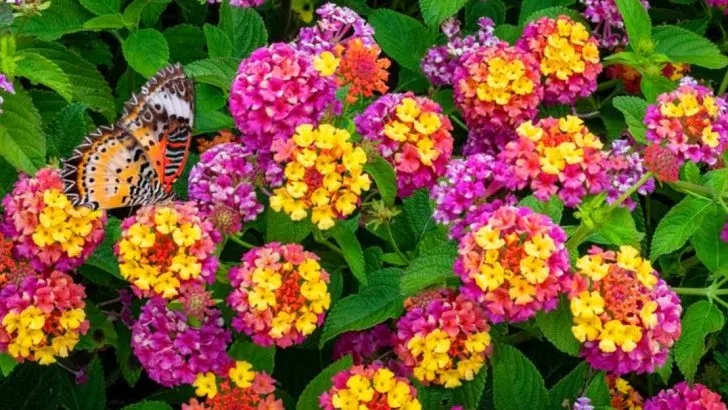Swallowtail butterflies are among the most enchanting visitors to any garden, with their graceful flight and vibrant colors. To attract these beauties and support their lifecycle, incorporating nectar-rich plants into your garden is key.
From vivid flowers to aromatic herbs, these plants not only provide essential nourishment for swallowtails but also add striking beauty to your outdoor space. Here are 16 nectar-rich plants that swallowtail butterflies absolutely love, ensuring your garden becomes a haven for these mesmerizing pollinators.
Zinnias

Zinnias are a go-to for gardeners looking to attract swallowtail butterflies. Adorned with bright, daisy-like blooms, they serve as a vibrant buffet for these butterflies. The variety in colors, from fiery reds to soft pinks, caters to diverse butterfly tastes. Plant them in sunny spots for best results. Regular deadheading encourages continuous flowering, ensuring a steady food source. Besides their allure to butterflies, zinnias are easy to grow and maintain. They’re perfect for both novice and seasoned gardeners. Their long-lasting blooms also make them ideal for cut flower arrangements.
Butterfly Bush
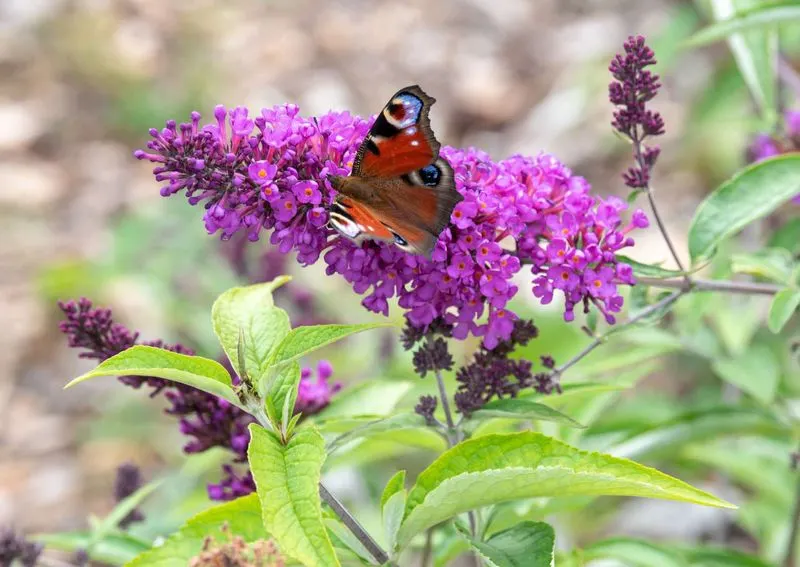
The butterfly bush is a magnet for swallowtail butterflies. Its elongated clusters of flowers provide ample nectar, drawing in these fluttering beauties. Available in an array of colors, this shrub not only attracts butterflies but adds visual interest. Plant it in well-drained soil and ensure it receives plenty of sunlight. Pruning in early spring encourages new growth and more blossoms. This plant’s resilience and minimal care requirements make it a favorite among gardeners. Its rich blooms last from summer to fall, promising a prolonged butterfly visitation.
Coneflowers
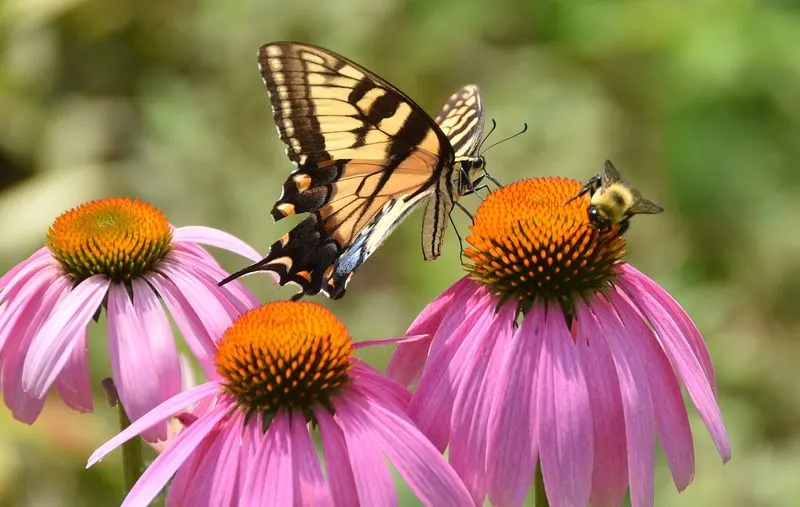
Coneflowers are a staple in butterfly gardens, particularly favored by swallowtails. Their sturdy stems and daisy-like appearance make them a striking addition to any landscape. Thriving in full sun, they are drought-resistant once established. Coneflowers bloom from midsummer to early fall, offering a reliable nectar source. Cutting back after the first bloom encourages a second bloom period. These flowers are not only attractive to butterflies but also beneficial insects. They require minimal maintenance, making them an excellent choice for gardeners seeking both beauty and ease of care.
Milkweed
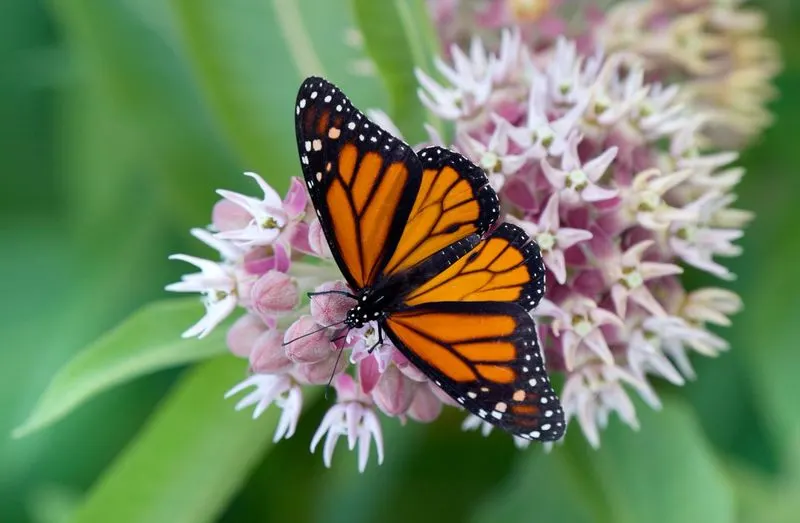
Milkweed is essential for butterfly enthusiasts, particularly monarchs, but it attracts swallowtails too. Its fragrant flowers provide a rich nectar source. This hardy plant thrives in a variety of conditions, from dry fields to wetlands. Once established, it requires little attention. Encourage its spread by allowing seed pods to mature and disperse naturally. Milkweed’s presence in the garden supports biodiversity, inviting a range of pollinators. Its unique, clustered blossoms add visual charm, making it both a functional and aesthetic choice for butterfly gardens.
Lantana
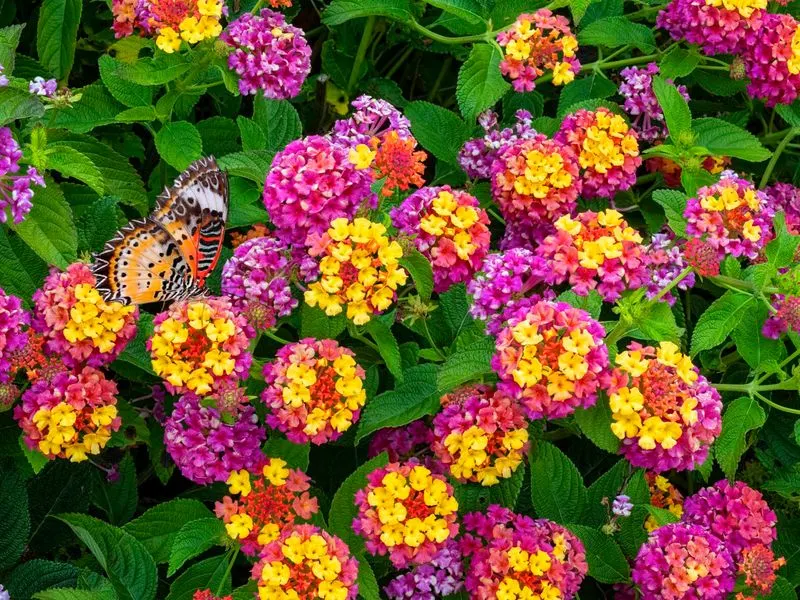
Lantana’s vibrant blooms are irresistible to swallowtail butterflies. The clusters of small flowers come in a spectrum of colors, often changing hues as they mature. This plant is heat and drought tolerant, thriving in well-drained soil. Its robust growth makes it suitable for containers or garden beds. Pruning spent blooms encourages continuous flowering, providing a consistent nectar source. Lantana’s aromatic foliage further enhances its appeal. While it’s an easy-care option for warmer climates, it can be treated as an annual in cooler regions, providing seasonal butterfly allure.
Phlox
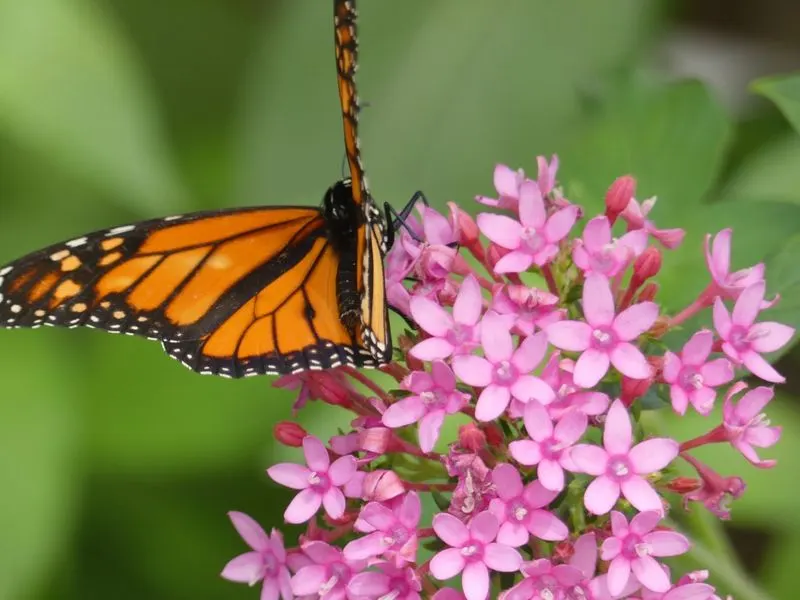
Phlox is a versatile plant, offering a welcoming nectar source for swallowtail butterflies. Its clusters of star-shaped flowers bloom in shades of pink, purple, and white. Phlox thrives in well-drained soil with ample sun, although some varieties tolerate partial shade. Regular watering and deadheading enhance its blooming period. This plant contributes both to the garden’s aesthetics and its ecological health by attracting pollinators. Phlox is a fantastic choice for borders or mass plantings, creating a colorful tapestry that invites butterflies to linger.
Bee Balm
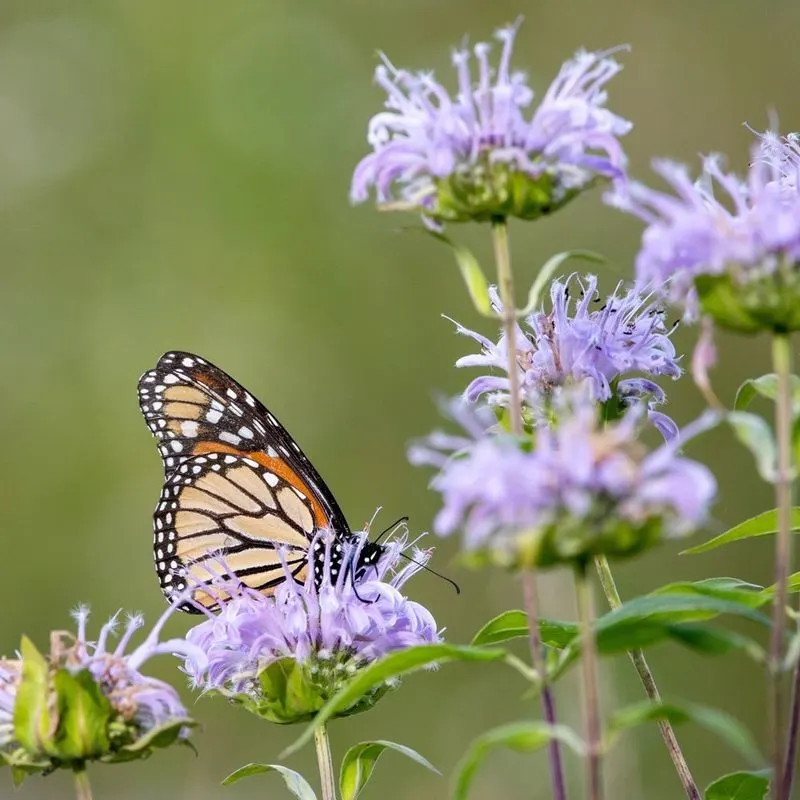
Bee balm, known for its striking tubular flowers, is a favorite among swallowtail butterflies. Its vibrant red, pink, or purple blooms are not only eye-catching but rich in nectar. Plant bee balm in well-drained soil with full sun to part shade. Providing adequate space for air circulation minimizes mildew issues. Regular deadheading encourages prolonged blooming, ensuring a steady butterfly attraction. Bee balm’s aromatic foliage deters certain pests while attracting beneficial insects. This plant is an excellent addition to gardens aiming to support pollinator activity.
Lavender
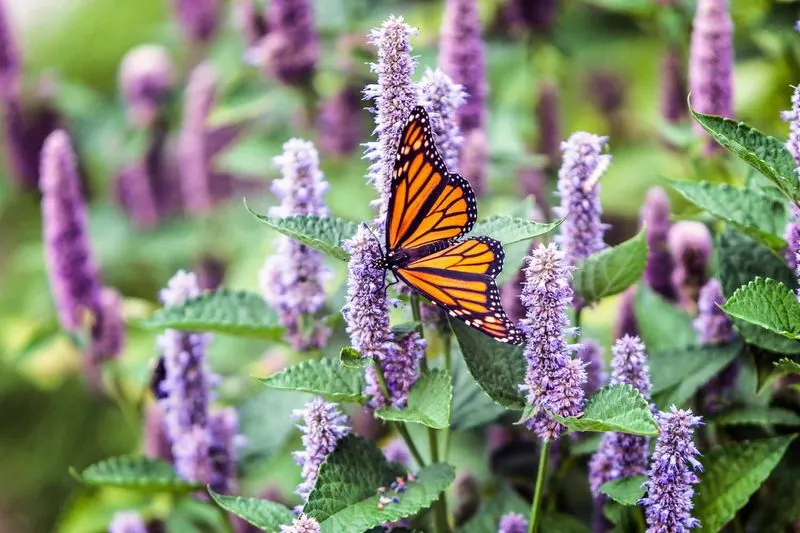
Lavender’s fragrant spikes are a delight for both gardeners and swallowtail butterflies. These aromatic blooms offer a sweet nectar source, attracting a variety of pollinators. Thriving in well-drained, sandy soil, lavender requires minimal watering once established. Regular pruning promotes bushy growth and enhances flowering. Besides its butterfly appeal, lavender is prized for its culinary and aromatic uses. Its silvery foliage and purple blooms add texture and color to gardens. A lavender plant serves as a multi-purpose addition, providing beauty and utility throughout the growing season.
Coreopsis
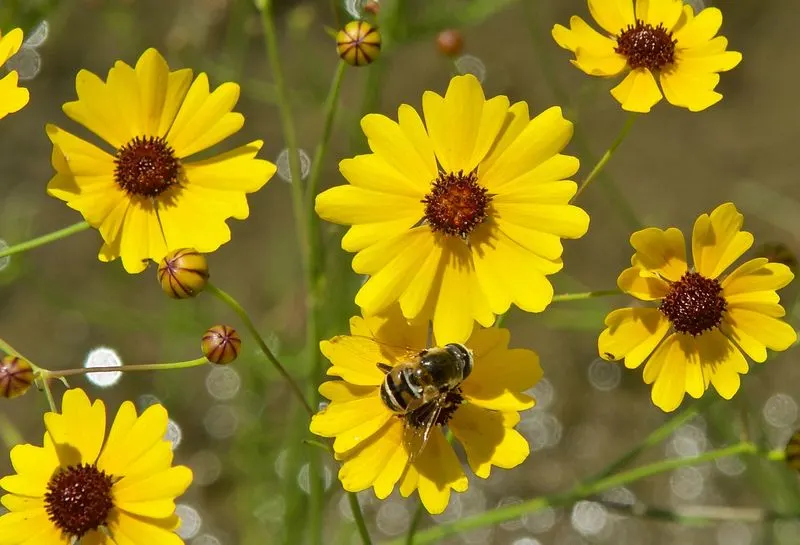
Coreopsis, with its sunny yellow blooms, is a cheerful addition to butterfly gardens. These flowers provide a reliable nectar source for swallowtail butterflies. Plant them in full sun for optimal growth and blooming. Coreopsis is drought-tolerant once established, requiring minimal maintenance. Deadheading spent flowers encourages continued blooming, extending the butterfly feeding period. This plant’s long-lasting flowers also make it a popular choice for cut arrangements. Its bright appearance and ease of care make coreopsis a delightful choice for gardeners seeking vibrant color and butterfly activity.
Verbena
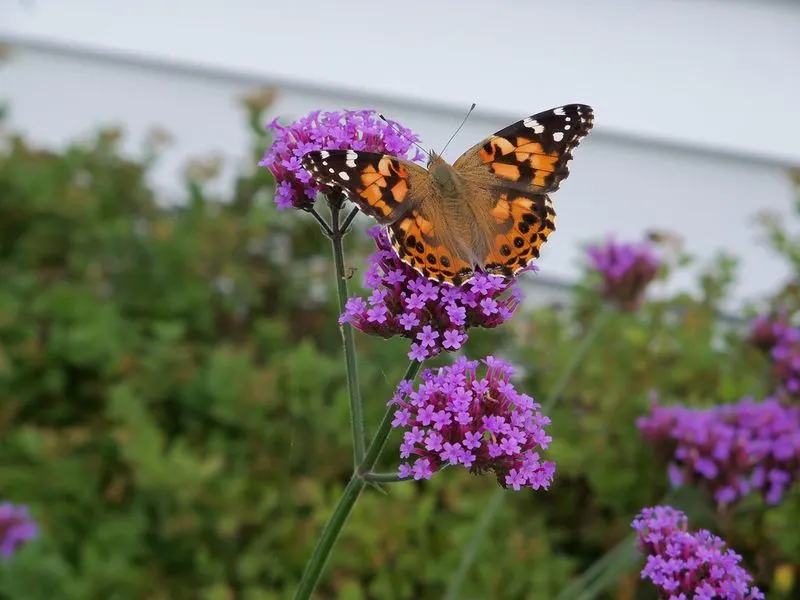
Verbena’s low-growing habit and colorful blooms make it a versatile option for attracting swallowtail butterflies. Its small clusters of flowers, available in various hues, provide a rich nectar source. Verbena thrives in sunny locations with well-drained soil. Regular pruning and watering encourage a long blooming season. As a bonus, verbena’s pest-resistant nature makes it easy to care for. Its trailing growth habit is ideal for containers or hanging baskets, adding a splash of color and attracting butterflies to small spaces. Verbena effortlessly combines aesthetics with functionality.
Black-eyed Susan
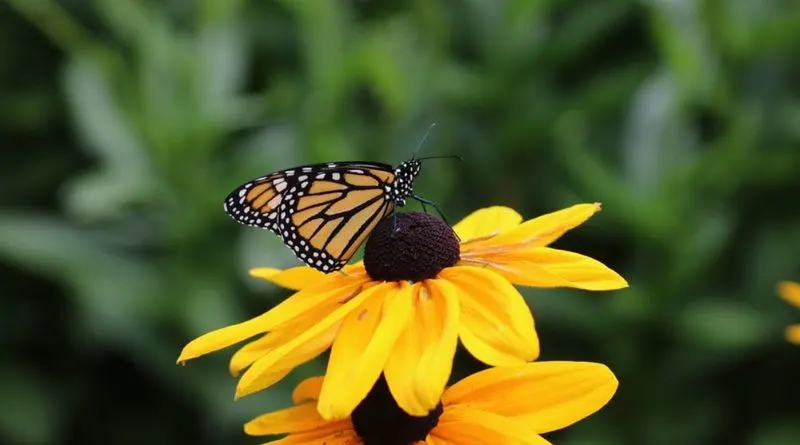
Black-eyed Susans, with their cheery golden blooms, are a favorite among swallowtails. These flowers offer a dependable nectar source. Plant them in full sun for best results, where they thrive with minimal care once established. Their rugged nature makes them drought-resistant and adaptable to various soil types. Deadheading can extend the blooming period, keeping butterflies fed throughout the season. Black-eyed Susans’ bright, long-lasting flowers are perfect for naturalistic garden designs. They effortlessly combine beauty and resilience, attracting both pollinators and admirers alike.
Asters
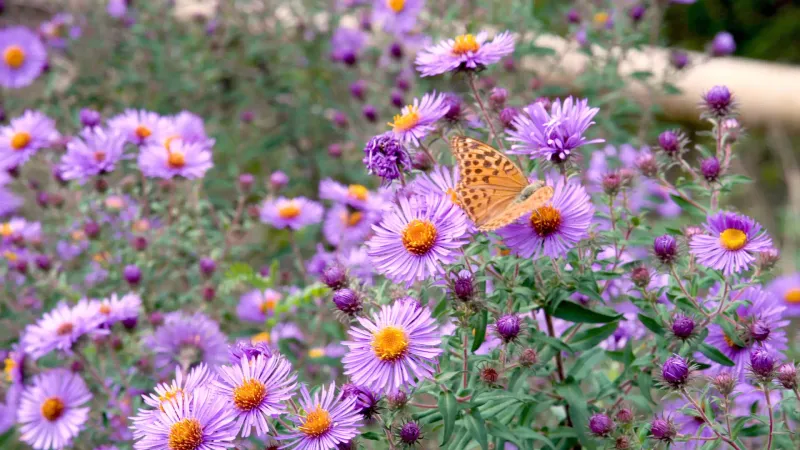
Asters are a late-season favorite, providing a crucial nectar source for swallowtail butterflies preparing for migration. Their daisy-like flowers bloom in various shades, from purples to pinks. Asters thrive in full sun and well-drained soil, requiring little more than regular watering. Their long blooming period extends from late summer into fall, offering continued butterfly attraction. Pruning spent blooms encourages even more flowers. Asters’ versatility and hardiness make them an excellent choice for extending the flowering season and supporting pollinators well into autumn.
Joe-Pye Weed
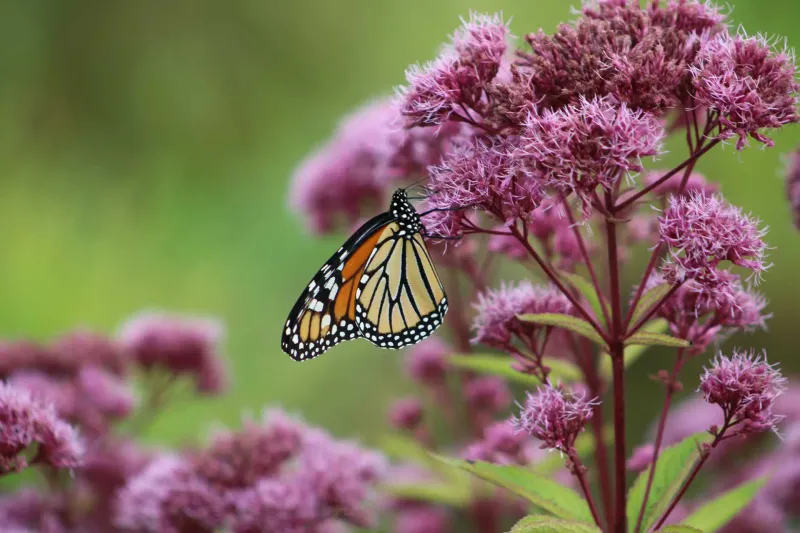
Joe-Pye weed is a towering presence in the garden, providing ample nectar for swallowtail butterflies. Its mauve flower clusters are not only striking but highly attractive to pollinators. Plant Joe-Pye weed in moist, well-drained soil with full to partial sun. This perennial’s height and structure add dimension to garden beds. Regular watering and occasional fertilization support its growth and flowering. Joe-Pye weed’s extended bloom time from midsummer to fall ensures a prolonged butterfly visitation. It is a must-have for those looking to create a pollinator-friendly sanctuary.
Sunflowers
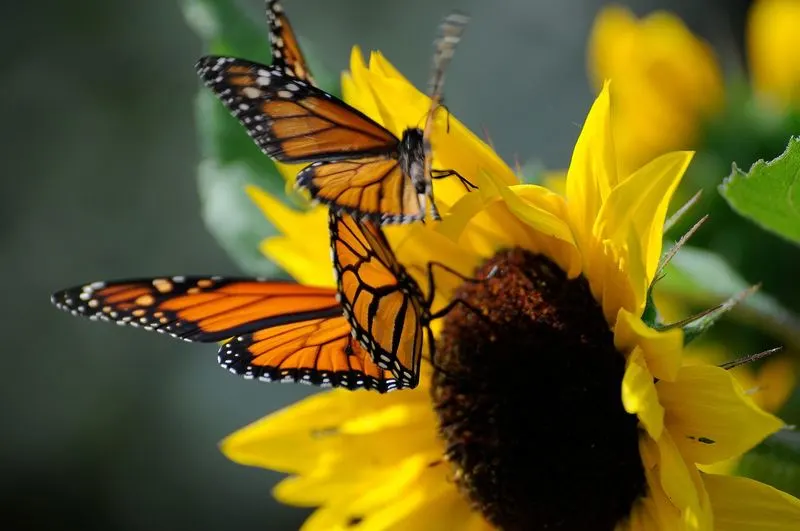
Sunflowers are not just for birds; they draw in swallowtail butterflies with their nectar-rich centers. These towering blooms provide a dramatic backdrop in gardens. Plant sunflowers in full sun and well-drained soil for best results. Their impressive height and cheerful appearance make them a favorite among gardeners. Sunflowers also benefit from staking in windy areas to maintain their stature. These flowers are an excellent choice for attracting a variety of pollinators. They bring color, structure, and ecological value to any garden setting.
Hollyhocks
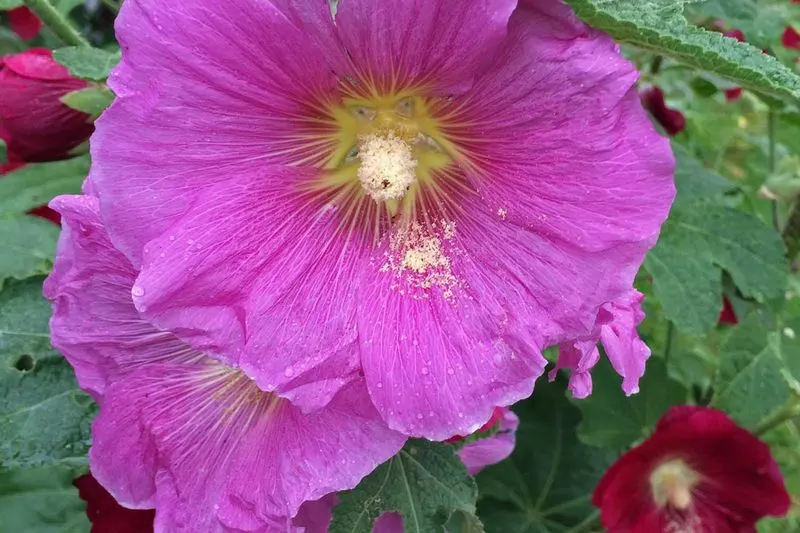
Hollyhocks, with their towering spikes and vibrant blooms, are a stunning addition to butterfly gardens. They attract swallowtail butterflies with their rich nectar. Plant hollyhocks in full sun and well-drained soil for optimal growth. These biennials often self-seed, ensuring a continuous display year after year. Hollyhocks’ vertical growth and colorful flowers add architectural interest to garden borders. Regular watering and staking help maintain their upright stature. They are perfect for gardeners looking to combine height, color, and butterfly appeal in their outdoor spaces.
Sedum
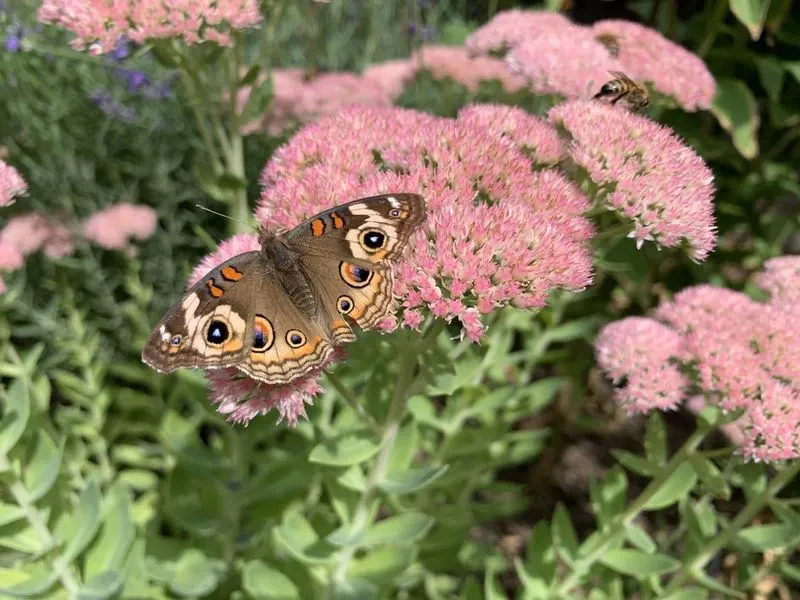
Sedum, known for its succulent foliage and clusters of star-shaped flowers, is a magnet for swallowtail butterflies. These drought-tolerant plants thrive in sunny locations with well-drained soil. Their late-summer blooms provide an essential nectar source as other flowers begin to fade. Sedum’s low-maintenance nature makes it ideal for rock gardens or borders. Its fleshy leaves and vibrant flowers offer visual interest even beyond the flowering period. This plant is a resilient choice for gardeners seeking to attract butterflies with minimal effort, enhancing the garden’s beauty and biodiversity.

